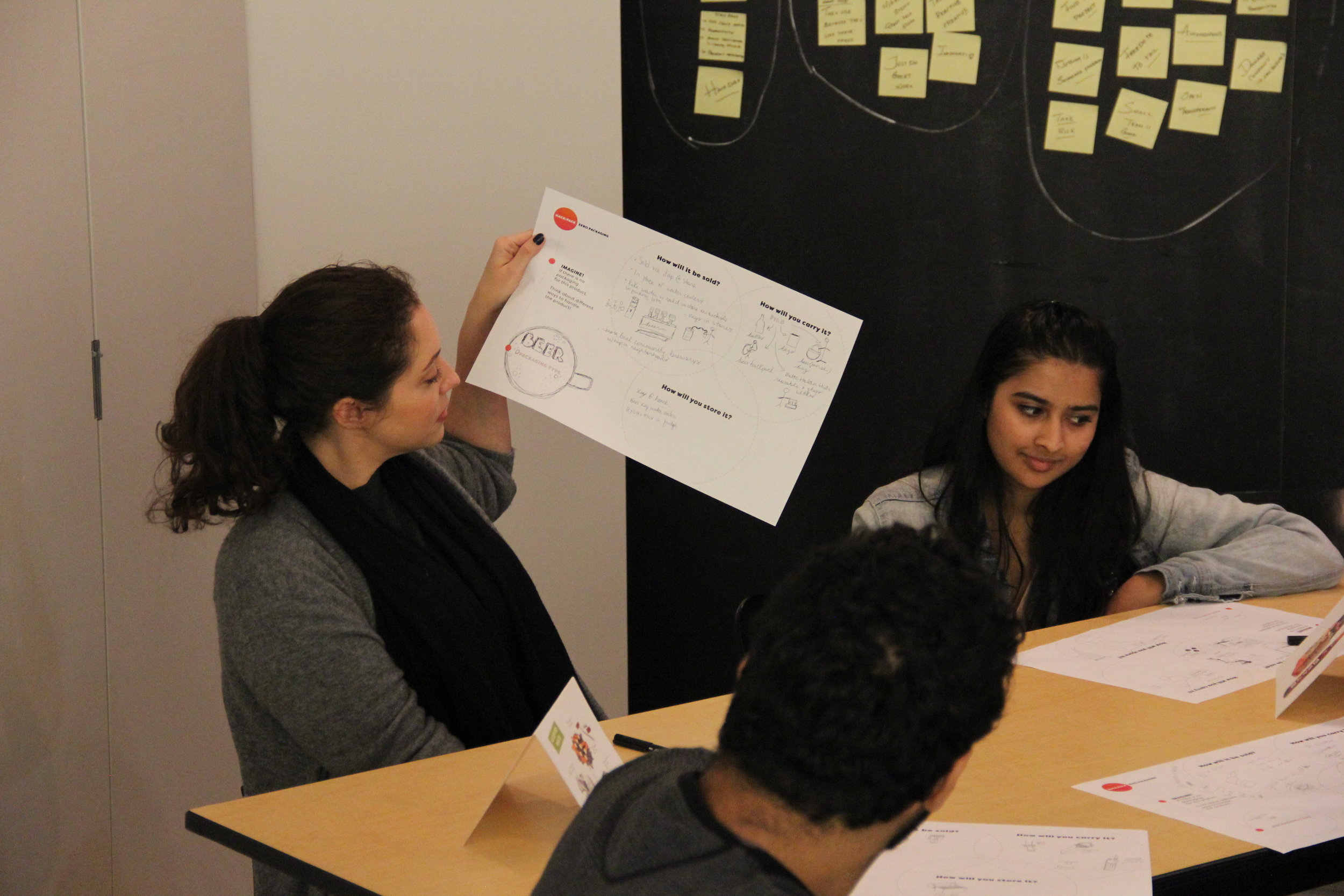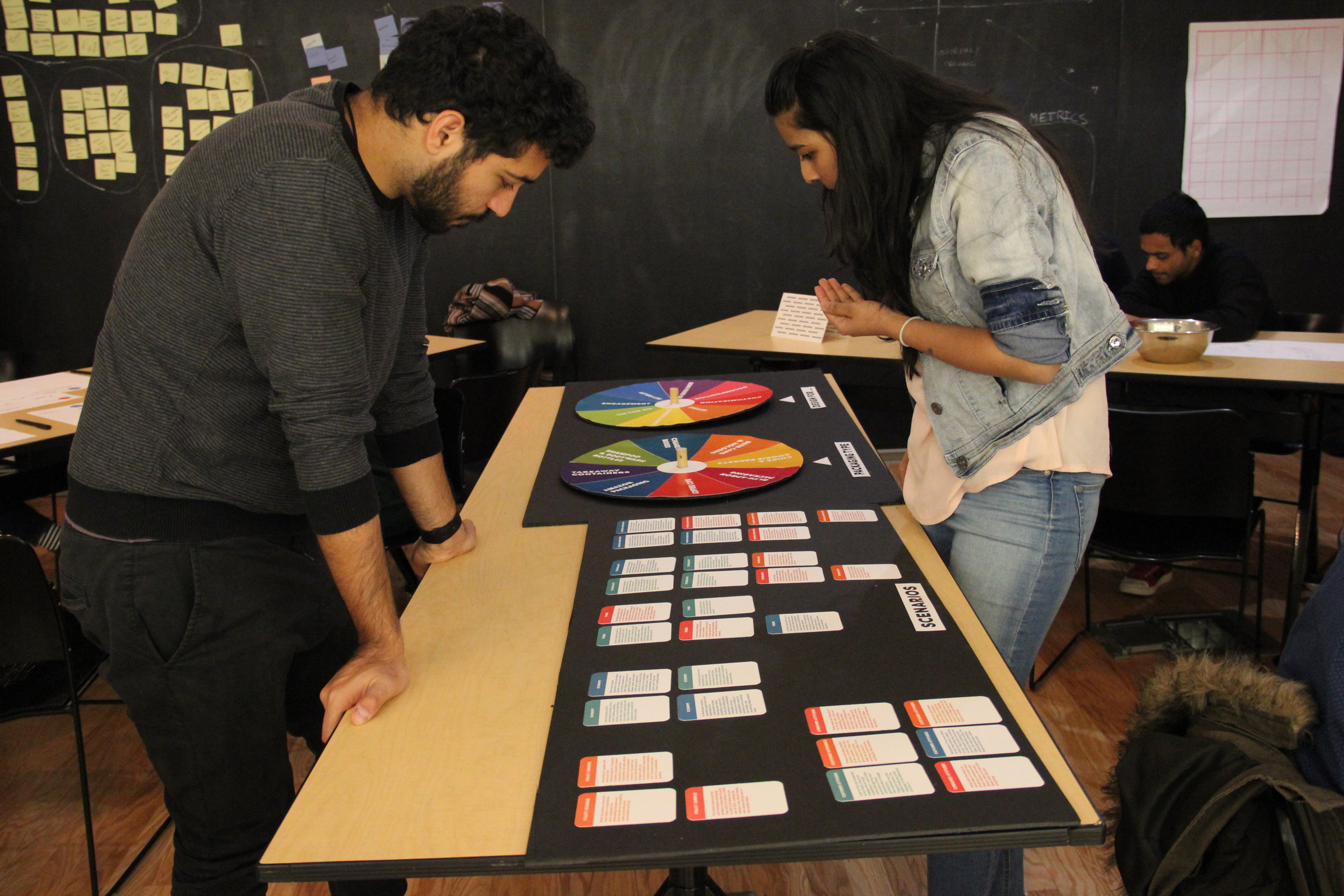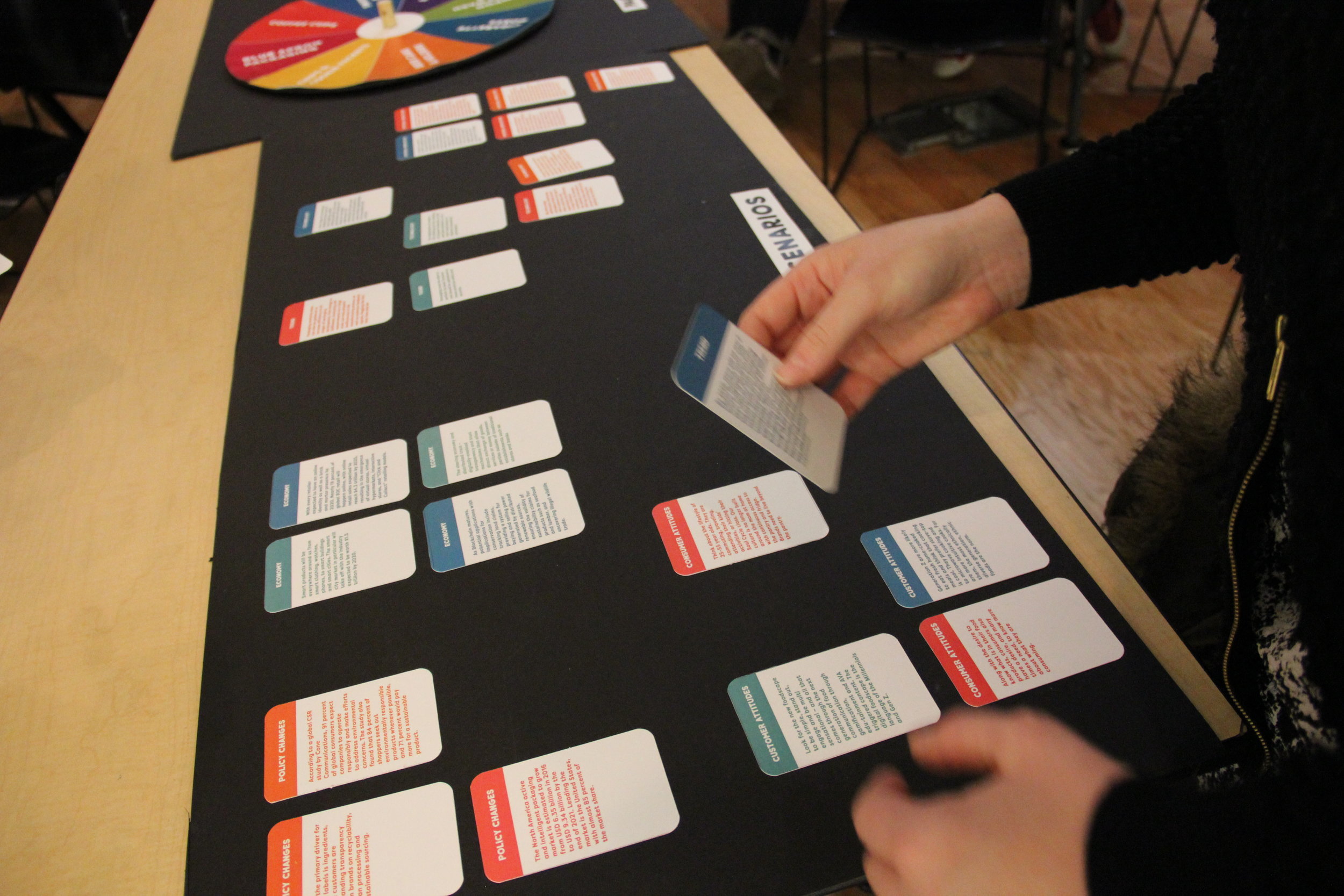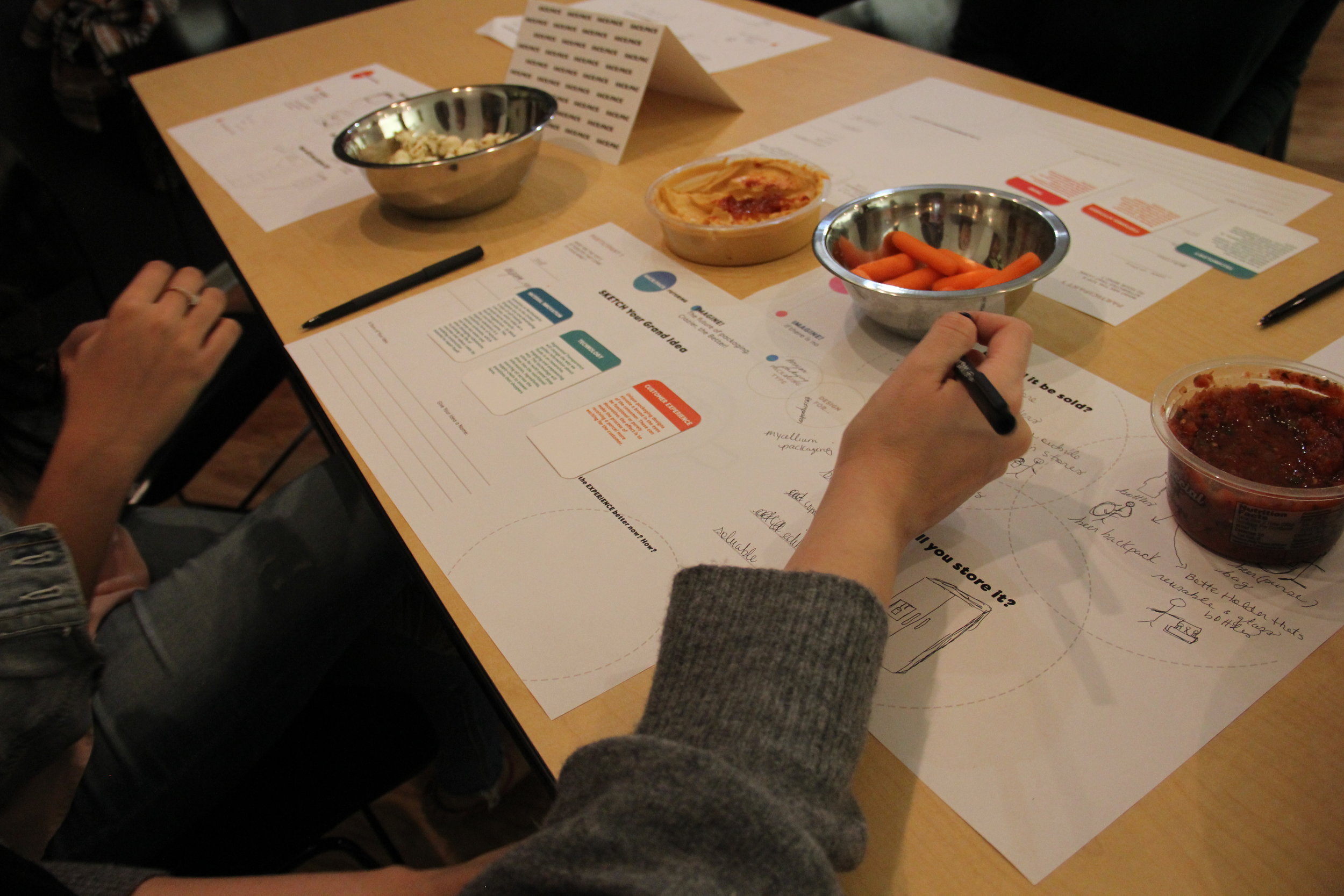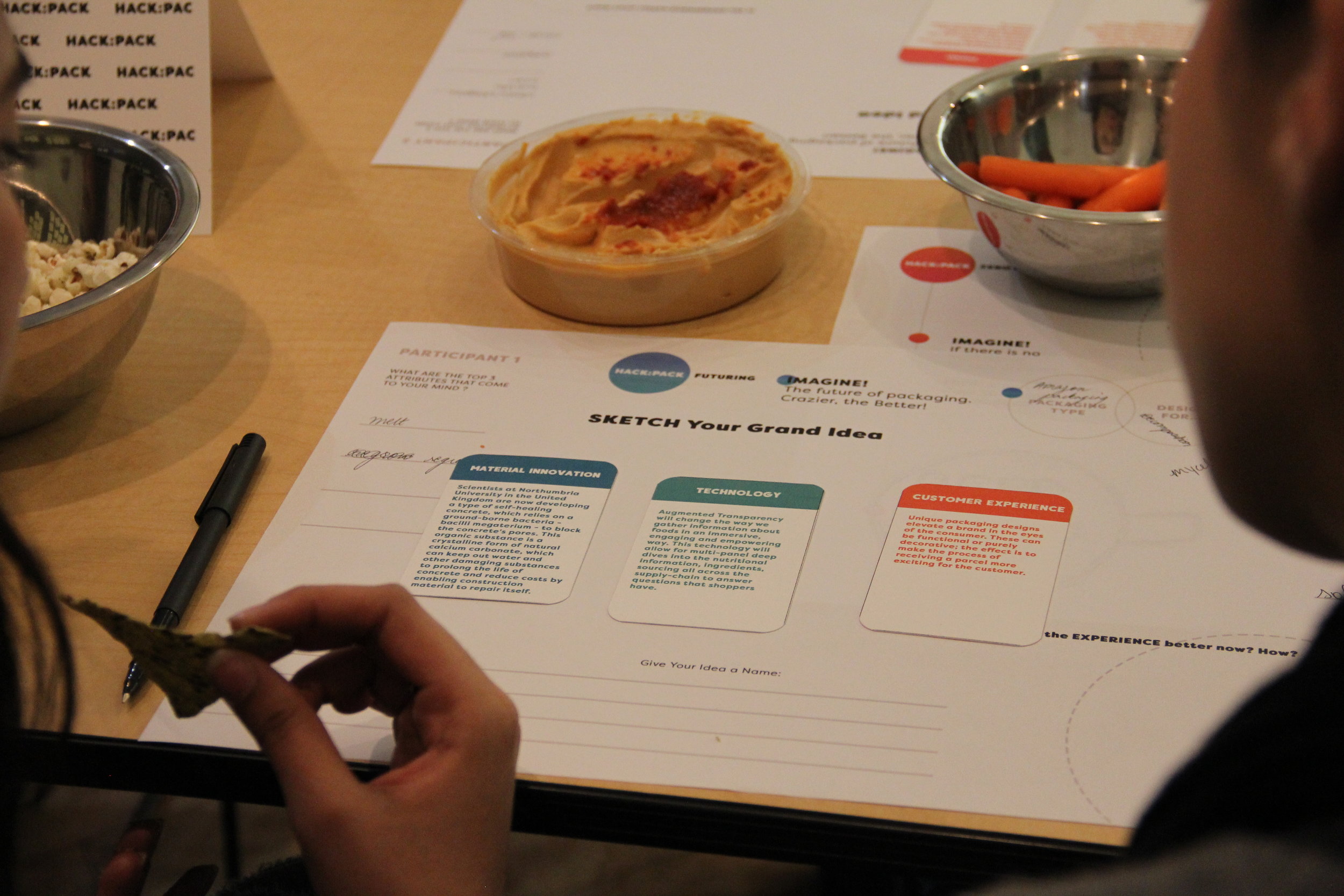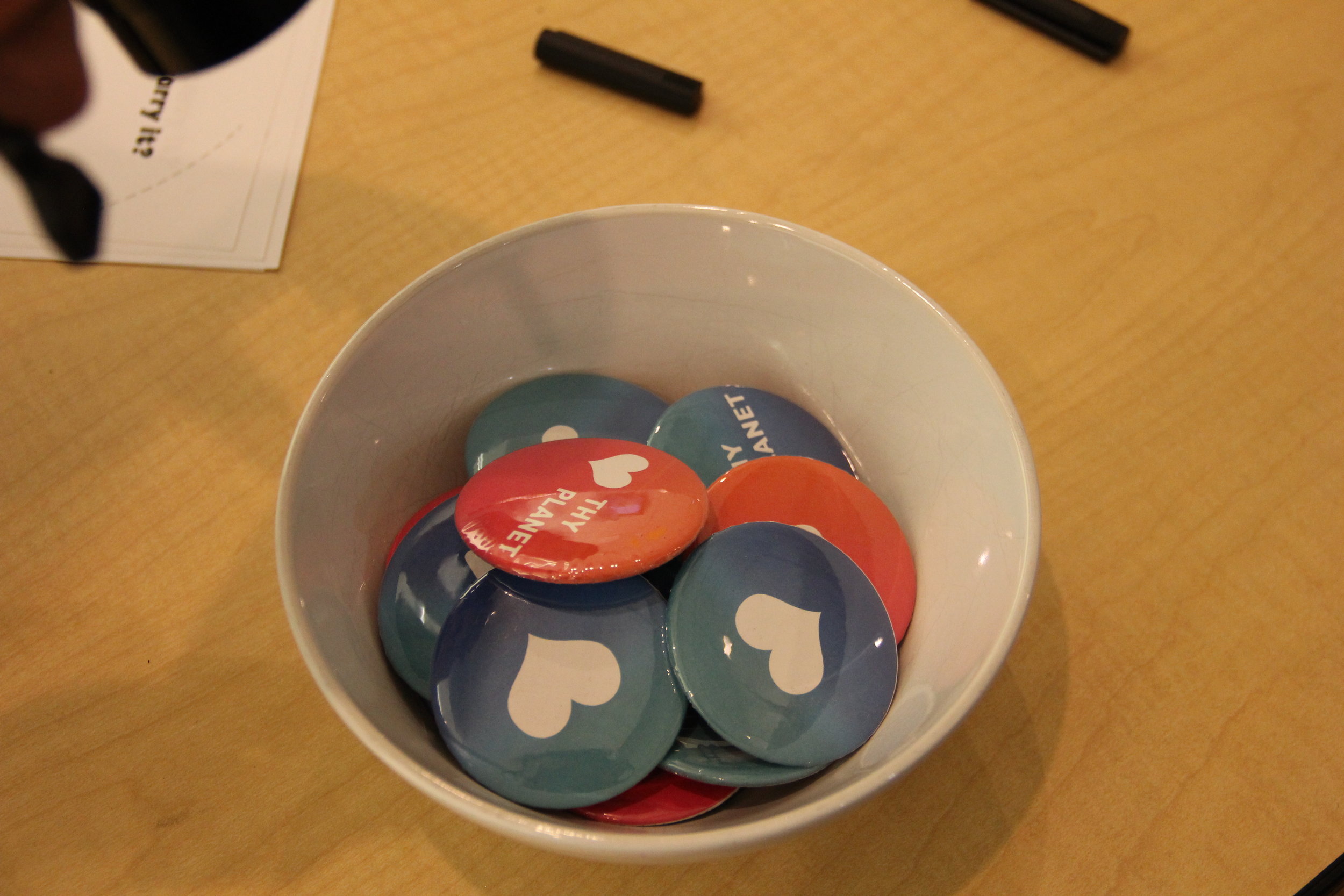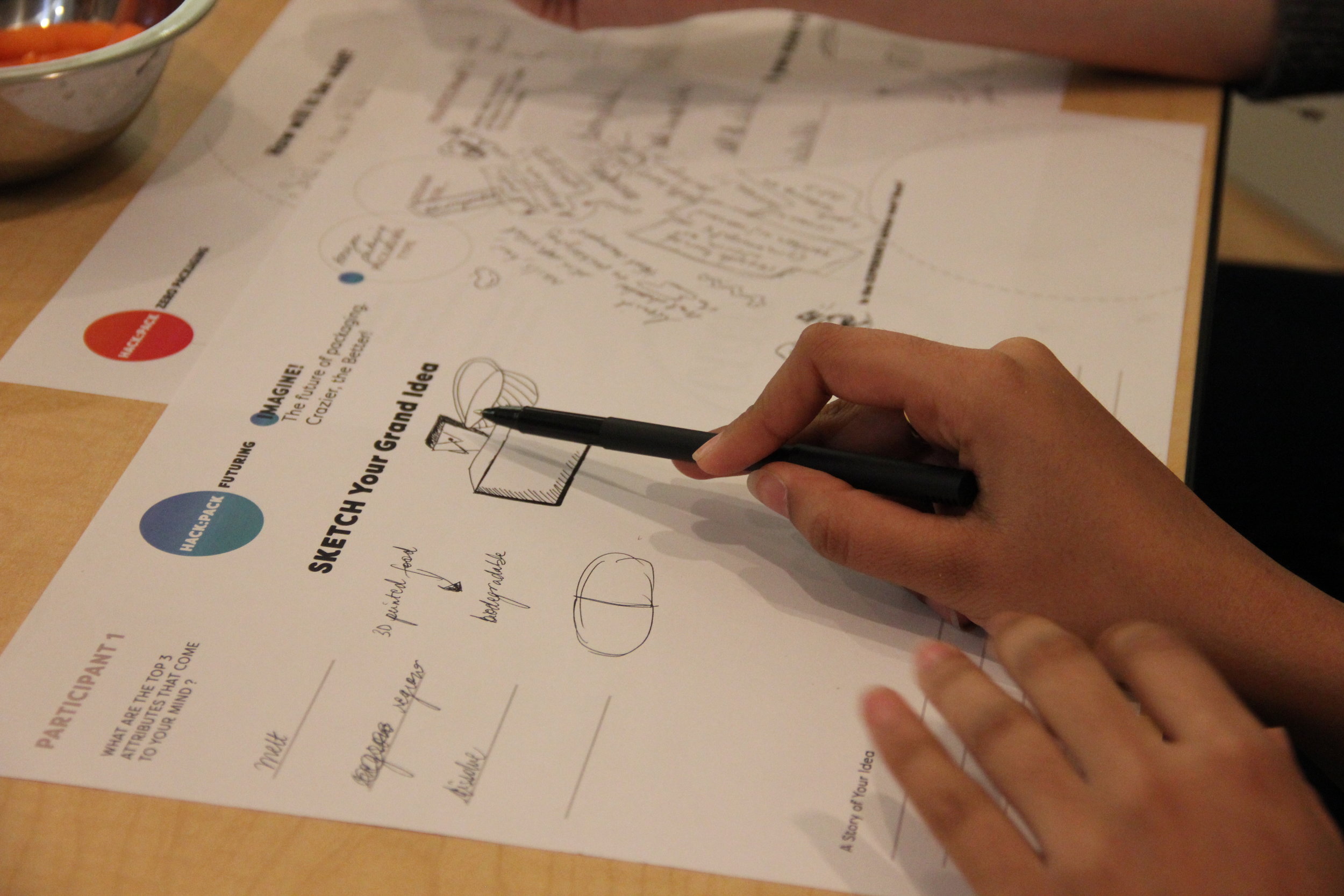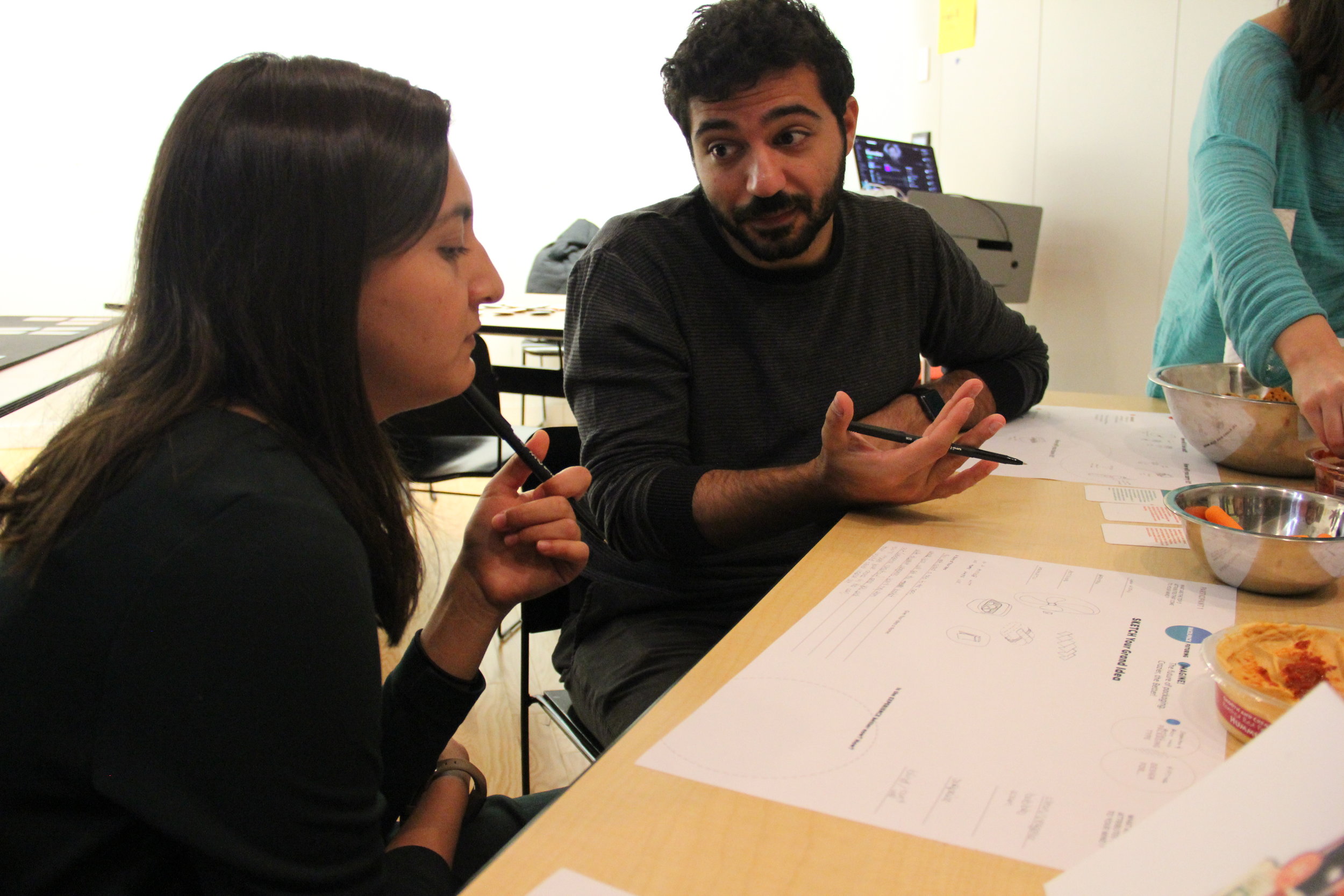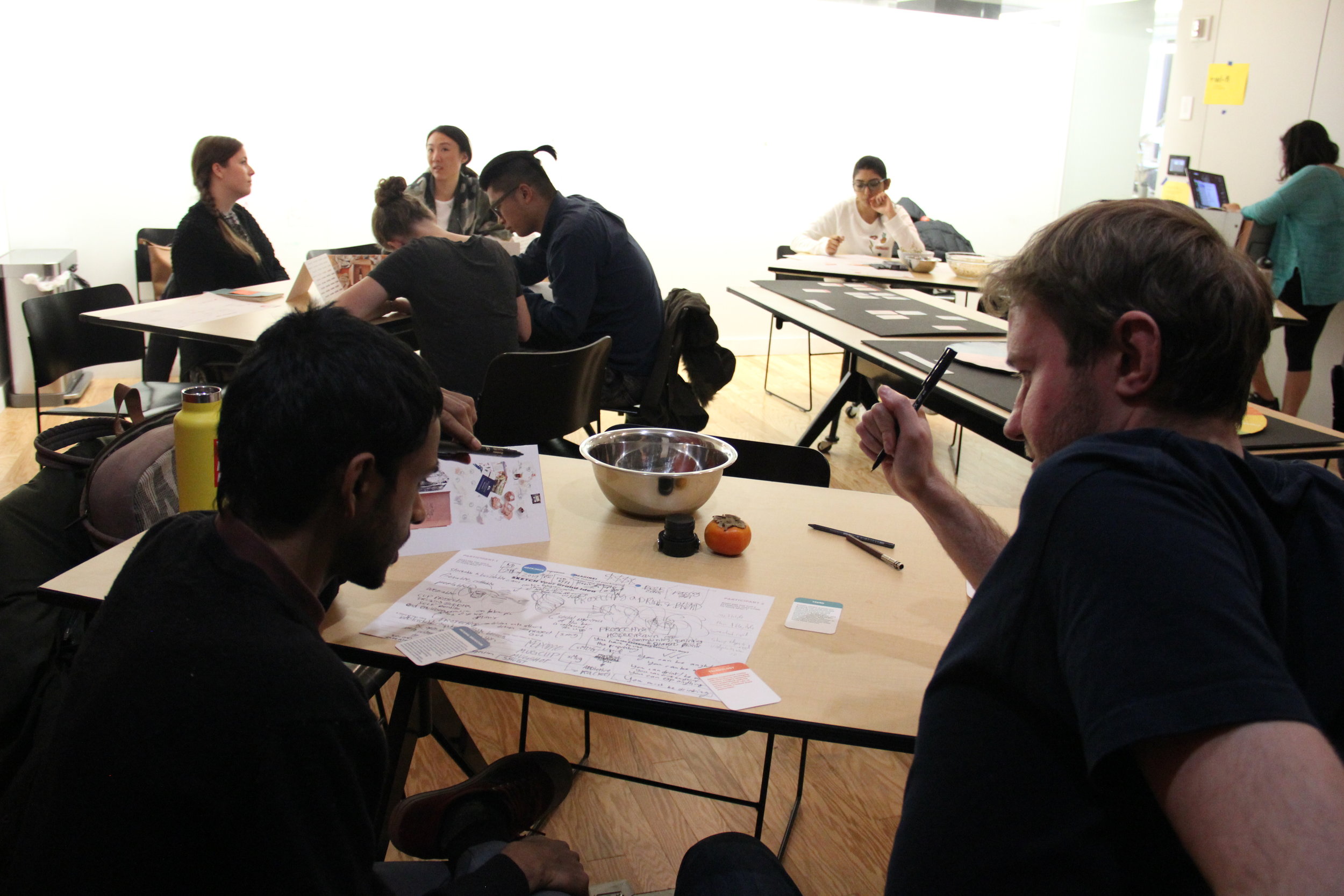
THE FUTURE OF PACKAGING
This project started with me cataloging my own consumption in terms of packaging going to waste. Product packaging is one of the most important evils that we encounter in our daily lives.
Hack:Pack is a participatory co creation workshop on the future of
packaging.
It was conducted to understand people’s dependencies on packaging and how can we transform our habits around it in
the future.
The participants were all designers who were keen to
brainstorm around sustainable futures.
The introduction was given
by a presentation on the invisible effects of packaging waste. It was
followed by a small warm up session where the participant was
supposed to select one packaging type, for Ex. cigarette packaging,
Amazon boxes etc. and they were given a worksheet where they
were supposed to answer 3 basic questions around zero packaging
future. How would the product be sold in retail stores? How would
they carry the product? How would they store the products? These
were the 3 questions they were made to answer.
This warm up session was 20 minutes long and it was aimed to facilitate
radical thinking and to imagine a future of zero packaging.
In that way they were able to reimagine all the sustainable possibilities.
The participants then shared their ideas among everyone.
Now the participants were mixed up and asked to form a pair with
someone they didn’t know. Both the participants were allowed to
pick a packaging type and design constraint,For Ex. “Design a
shampoo packaging for gifting” or “Design blue apron packaging
for decomposition.” Each participant was asked to write the top 3
attributes that came to their mind when they thought of the packaging
type and design constraint together. They were supposed to
write the values that they wanted to bring out of the design solution.
They were asked to select futuristic scenarios together. The scenarios
ranged from technology, policy changes, material innovation,
economy, consumer attitudes and behavior. All these trends were
supposed to help them take their initial ideas further and to help
them think in sync with what the world needs right now. The next
sketching session lasted for 30 minutes where each team came
up with a concept sketched out their idea, branded their concept
(named their concept) wrote a small narrative about it and shared
how the the new concept changed the experience of using the
product. Each team enacted their concepts amongst everyone and
shared about what value would their concept bring into the world.
CURATION OF IDEAS
Each idea was differentiated into ZERO PACKAGING and FUTURE PACKAGING. It was further categorized into values, experiences and scenarios. Insights were found by connecting the scenarios to the new ideas, their experiences and the values. The majority of insights ranged from making the packaging blend into
everyday lives, making use of artists to customize the packaging, utilizing new materials to change the function and making the packaging more engaging and experiential.







